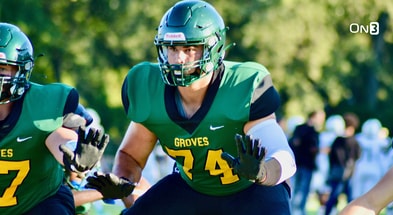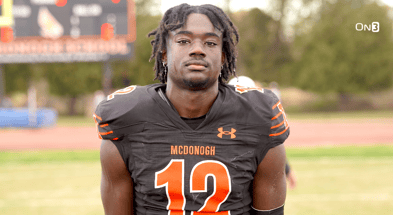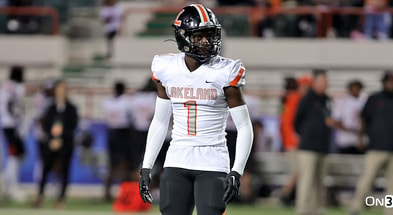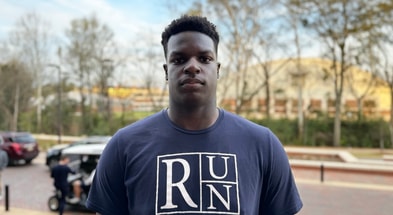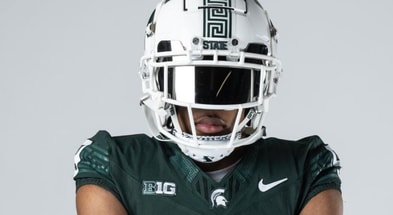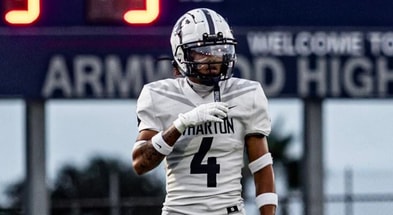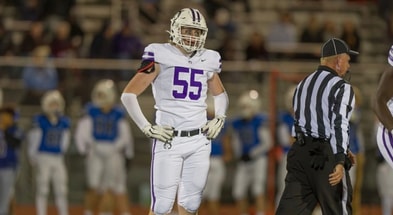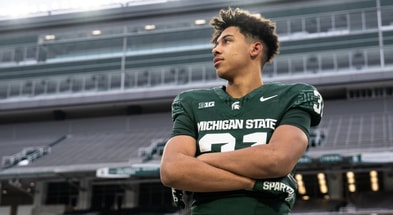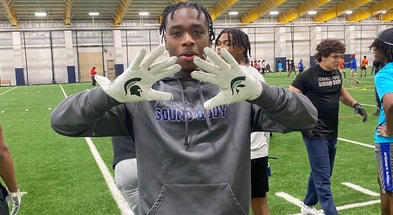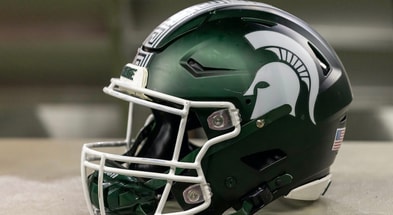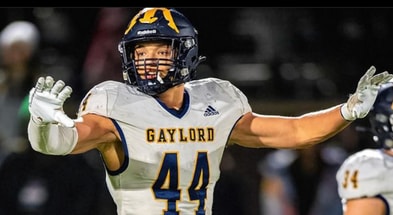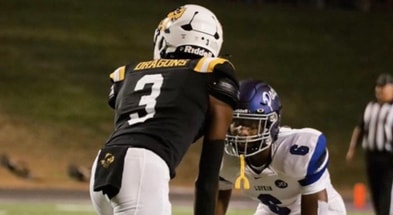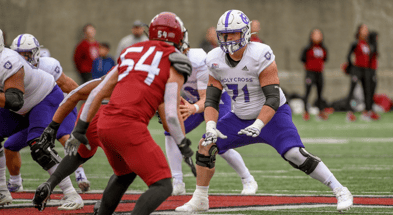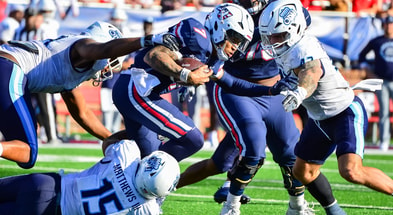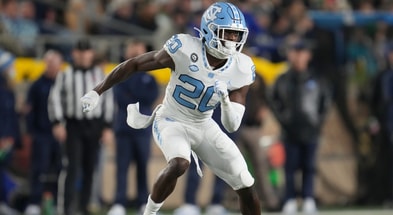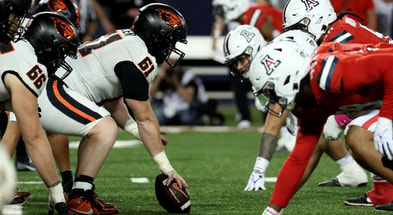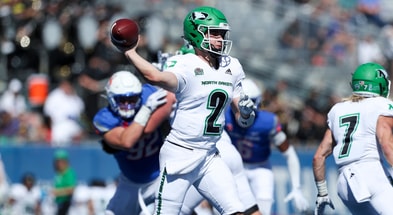Ohio State transfer long snapper Mason Arnold commits to Michigan State
Former Ohio State walk-on long snapper Mason Arnold announced via his Twitter page Saturday afternoon that he was officially transferring to Michigan State. Arnold started six games for the Buckeyes during the 2022 season, including the College Football Playoff semifinal.
Originally from Tampa (FL) Carrollwood Day, Arnold adds much-needed depth and competition to the position, which struggled after Michigan State lost junior long snapper Hank Pepper to an undisclosed injury midway through the 2022 season.
Arnold will have three seasons of eligibility remaining.
Pepper’s replacement, walk-on long snapper Michael Donovan, announced his transfer to Miami(FL) earlier this month. Redshirt junior walk-on linebacker Sam Edwards also saw time at long snapper for Michigan State this past season.
Here is Arnold’s announcement below.
To keep up with the latest players on the move, check out On3’s Transfer Portal wire.
Transfer portal background information
The NCAA Transfer Portal, which covers every NCAA sport at the Division I, II and III levels, is a private database with names of student-athletes who wish to transfer. It is not accessible to the public.
The process of entering the portal is done through a school’s compliance office. Once a player provides written notification of an intent to transfer, the office enters the player’s name in the database and everything is off and running. The compliance office has 48 hours to comply with the player’s request and that request cannot be refused.
Once a player’s name shows up in the portal, other schools can contact the player. Players can change their minds at any point and withdraw from the portal. However, once a player enters the portal, the current scholarship no longer has to be honored. In other words, if a player enters the portal but decides to stay, the school is not obligated to provide a scholarship anymore.
The database is a normal database, sortable by a variety of topics, including (of course) sport and name. A player’s individual entry includes basic details such as contact info, whether the player was on scholarship and whether the player is transferring as a graduate student.
A player can ask that a “do not contact” tag be placed on the report. In those instances, the players don’t want to be contacted by schools unless they’ve initiated the communication.
The portal has been around since Oct. 15, 2018 and the new calendar cycle within the portal begins each August. For example, the 2021-22 cycle started Aug. 1. During the 2020-21 cycle, 2,626 FBS football players entered the transfer portal (including walk-ons). That comes after 1,681 entered during the 2019-20 cycle and 1,709 during the abbreviated 2018-19 cycle. In comparison, 1,833 Division I basketball players entered the portal during the 2020-21 cycle after totals of 1,020 in 2019-20 and 1,063 in 2018-19.
Track transfer portal activity
While the NCAA transfer portal database is private, the On3 Network has streamlined the reporting process tracking player movement.
If you find yourself asking, ‘How can I track transfer portal activity?’ our well-established network of reporters and contacts across college athletics keeps you up to speed in several ways, from articles written about players as they enter and exit the transfer portal or find their new destination, to our social media channels, to the On3 Transfer Portal.
The transfer portal wire provides a real-time feed of player activity, including basic player profile information, transfer portal ranking and original On3 Consensus recruiting ranking, as well as NIL valuation (name, image and likeness).
The On3 Transfer Portal Instagram account and senior national college football reporter Matt Zenitz’s Twitter account are excellent resources to stay up to date with the latest moves.
